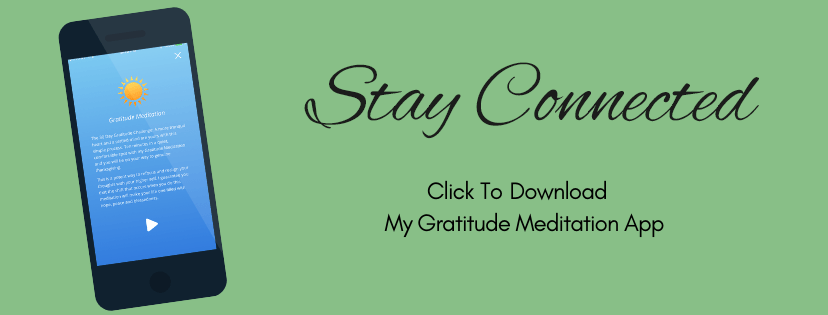Research shows that dancing is a promising candidate for countering the age-related decline in our physical and mental abilities; dancing to improve your memory is now showing up in several studies and it will help our balance, as well. Aerobic exercise helps in both these areas, but the positive effects of dancing will make you want to sign up for that tap class!
We know the hippocampus plays a vital part in our major cognitive processes—memory and learning, but what you may not know is it is also involved with helping us maintain our balance, something crucial for our well-being and quality of life at any age.
While aerobic exercise does its magic growing and maintaining our telomeres in our hippocampus—reversing hippocampus damage overall, as well as all the organs and cells of our bodies, it falls off the list when it comes to helping us stay steady on our feet and feeling grounded.
Adding a dance class to our weekly regime can tip our balance from tottering and falling off our stilettos to confidently working the room on them.
Even more reason to put on your dancing shoes is what dancing does to the long-term health of our brain.
Science lesson for today: two significant studies, one in the US and one in Japan, involving more than 470 older adults, found that dancing created significant cognitive changes (by research standards) in the participants when compared to traditional repetitive exercise—biking, walking, swimming.
After just six months of regular dance classes, verses regular aerobic exercise, the parahippocampal gyrus (the tissue of the brain that surrounds the hippocampus) of the dancers was bigger. Research also shows skipping the workouts of the parahippocampal regions creates an early red flag on the track towards Alzheimer’s (you can forget that term, now.)
This part of the hippocampus is directly involved with, among other things, storing our memories of last weekend’s great dinner with friends and the important passwords needed to unlock the computers at work.
It’s necessary to process those correctly so that they get filed in the right file—the lasagna recipe goes into the Splurge file; your seven-digit, with at least one capital letter and two even numbers goes into the “Notes” app on your phone. We need to keep it all straight so that later, we can correctly recall everything.
The dancers also showed significant improvements in:
- manual dexterity;
- spatial memory-remembering where things are in relation to yourself;
- tactile discrimination-the sensitivity of our fingertips and our ability to tell the difference between textures, different surfaces, and the like.
But, best of all their motor skills were much better than the traditional exercise group. For even more good news: following up for 5.1 years afterward, the dancers showed a markedly reduced risk of developing dementia.
How great is that for swinging to the beat once a week?
In looking at the details of the dance program, we find what makes this form of fun so beneficial: the dance program required the participants to constantly learn new dance patterns.
These folks weren’t just doing the watusi every week. And herein lies the key mental health benefits of dancing—making the brain work hard each week to learn those new steps creates the change and growth of our brain, and muscles.
The onslaught of unique information each week challenged the minds of these older adults and forced their brains to lay down new nerve tracks and make new nerve connections. The time period of 18 months seems to be an important factor for making these new pathways permanent. More study is needed, but many signs point toward this length of time.
Knowing this, and since getting my husband to take dancing lessons just didn’t work out in his schedule, I took up tap dancing. I am very, very bad at it, having never done it before, but I can say it has helped my memory. My thoughts come just a little easier, and I can more quickly recall things. Even my balance has improved a good leap!
Additionally, there is another component contributing to the sustained increase in the cortex volume of our older dancers: the winning combination of music and movement. Stay tuned!
Until next time… Dance Vibrantly!
Subscribe to Receive
Vibrant Aging™ Tips
Delivered Right to Your Inbox
&
Vibrant Aging™ Coach
